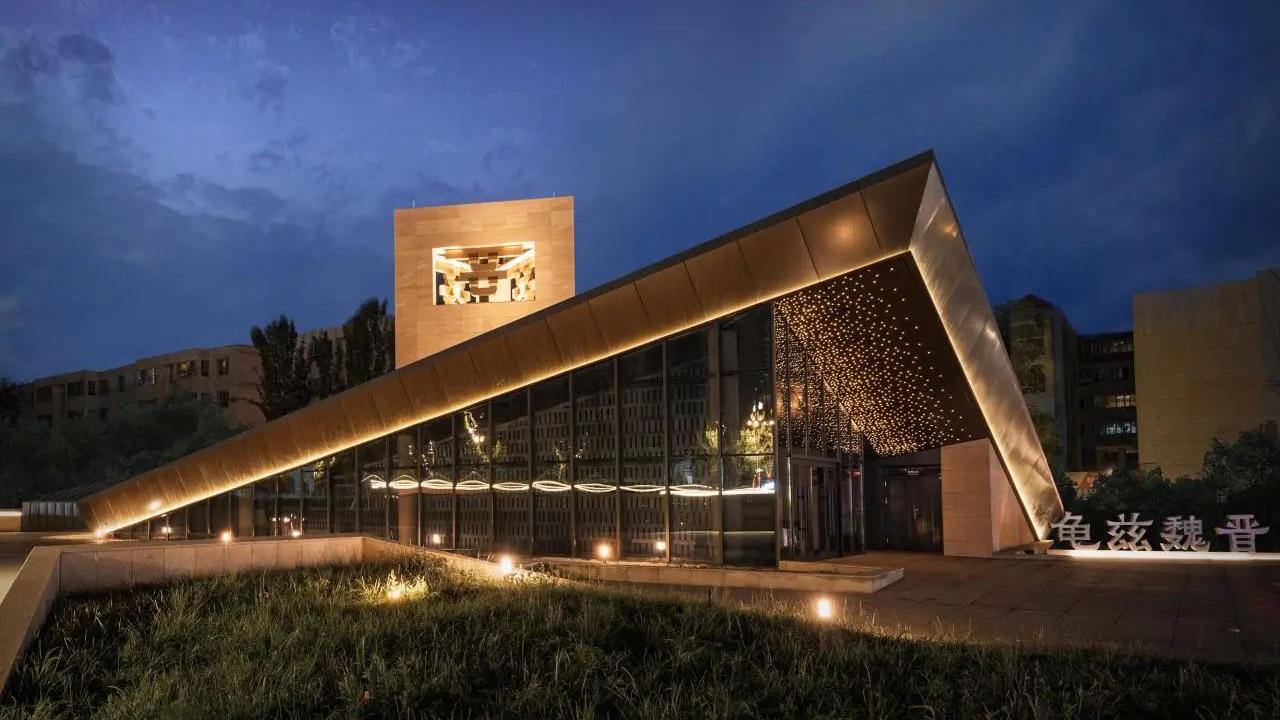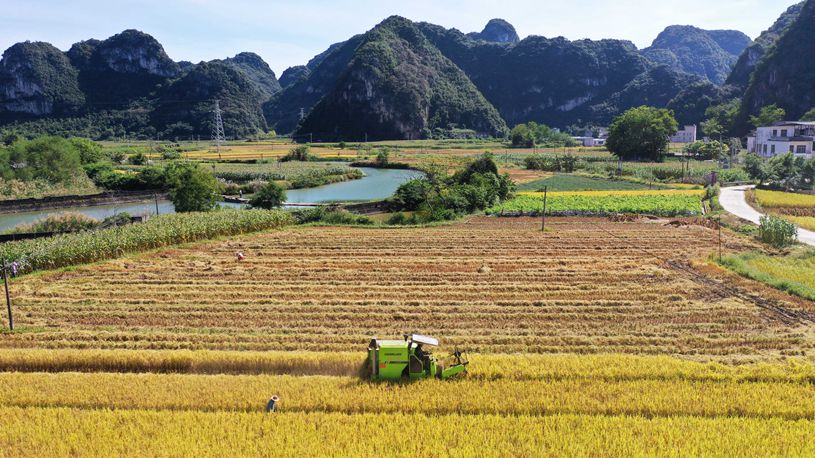Protecting biodiversity in power facility projects
BEIJING, Oct. 27 (Xinhua) -- Among the key questions facing the global energy sector is how the energy transition can be implemented with minimal negative environmental impact. Chinese companies have provided some innovative answers in a collection of case studies released by a non-profit international organization headquartered in Beijing.
The collection, titled "List of Energy Transition for Biodiversity," was issued by the Global Energy Interconnection Development and Cooperation Organization (GEIDCO). It contains a range of global energy transition practices that promote biodiversity, including those from Chinese energy enterprises who help protect biodiversity around electric facilities.
GEIDCO executive vice chairman Liu Zehong told Xinhua that since the industrial revolution, humans have relied heavily on fossil fuels that powered progress but also brought challenges like greenhouse-gas emissions, pollution and habitat loss.
"We can't deny that human progress depends on energy. So we need to find a way for our energy use to work in harmony with nature," he said. "We must balance energy development with biodiversity protection, and reduce the footprint of fossil fuels on nature, including how we extract, transport and use them."
The collection was issued in Cali, Colombia, at a sub-forum of the ongoing 16th meeting of the Conference of the Parties to the UN Convention on Biological Diversity. The sub-forum was hosted by GEIDCO, the United Nations Development Programme and the UN Sustainable Development Solutions Network (SDSN).
The first batch of cases in the list includes 10 representative projects from China, Singapore, Chile, Sweden, Italy and Ethiopia, with project contractors including Chinese enterprises.
CONSTRUCTION LIKE "MINIMALLY INVASIVE SURGERY"
Innovative engineering and construction methods have reduced the environmental impact of energy projects. For example, the 1,000 kV ultra-high voltage power transmission project that connects the new-energy base in Zhangjiakou and the Xiong'an New Area, both in north China's Hebei Province, spans across several nature reserves.
In the planning phase, the project contractor State Grid Corporation of China used advanced remote sensing, surveying and modeling technologies and algorithms to create a high-precision environmental model along the project route for designers to optimize the positions of electric towers and power lines based on the ecological concern.
During the construction phase, the building team operated with minimal disturbance to the environment, much like a surgeon performs minimally invasive surgery. For example, the builders developed electric tower material transportation cableway and used drones instead of vehicles, avoiding the need to dig through mountains to build roads.
Such methods significantly reduce the impact on the natural environment that would be caused by traditional methods using large machinery. By reducing the building of new roads, the project has avoided soil and water conservation damage in about 260 hectares of mountainous areas and reduced the number of trees felled by about 150,000.
After the construction, the builders used vegetation concrete, a material that provides good soil conditions for plants to grow, with anti-erosion and greening effects, thus protecting the slopes from erosion. They also improved artificial plant-mixing formulas to increase the survival rate of vegetation, and built a platform using AI recognition technology to monitor soil and water conservation.
In another project that sends electricity from Brazil's Belo Monte hydroelectric plant to the country's southeastern region, the State Grid Corporation of China applied similar methods, such as optimizing route planning and reducing the building of new roads.
The actual area of vegetation cleared by the project was 31 percent less than the area approved by the Brazilian environmental authorities, equivalent to saving 45 Maracana Stadiums in Rio de Janeiro.
Moreover, reforestation activities covering a total area of over 430 hectares were carried out in the five states traversed by the project's power transmission lines. In 2019, the project was recognized as the best social and environmental management practice in Brazil.
ACTIVE PROTECTION MEASURES
In addition to the efforts in construction projects, Chinese companies also apply measures to actively protect the ecological environment, such as operating a wildlife protection center.
In 2016, after the local branch of China Three Gorges Corporation in Brazil obtained the operational rights for the Ilha Solteira and Jupia hydropower stations, it also took over the operation of the Wild Fauna Conservation Center of Ilha Solteira.
The center, located southwest of the Ilha Solteira hydropower station, is the largest and most species-rich wildlife park in the northwestern region of Sao Paulo State, providing a haven for wildlife around the hydropower station. The center currently houses 410 animals of 55 different species, including rare or endangered animals such as pumas, macaws, toucans, gray brocket deer and anteaters.
The center has also been working on animal healthcare and reintroducing them back into the wild.
Back in China, the China Southern Power Grid Company has installed artificial bird nests and other facilities on power transmission lines, providing more options for birds. This helps to prevent birds from resting on the overhead conductors of power transmission lines, thus protecting them from the harm of high-voltage electric shocks.
In Guangzhou, southern China, there are more than 1,200 artificial bird nests on power transmission lines, with about 80 percent of them being used by birds, and more than 200 chicks have been successfully hatched. These artificial nests have provided breeding and habitation places for protected bird species such as the Oriental Stork and the Black-collared Starling.
Commenting on these biodiversity friendly cases, Jeffrey Sachs, president of the SDSN, said that the human race needs a world of zero-carbon energy, and a world that sustainably manages land by ending deforestation and the degradation of ecosystems. The GEIDCO has a wonderful program to combine protecting biodiversity and achieving the energy transition, he added.
Photos
Related Stories
- Huawei showcases biodiversity conservation efforts in Austria
- National park in E China enhances biodiversity protection
- China releases catalog of 105 tropical crop germplasm banks
- China mulls national park law to better protect biodiversity
- China, France establish international biodiversity research network
Copyright © 2024 People's Daily Online. All Rights Reserved.









